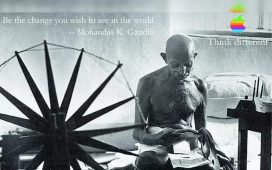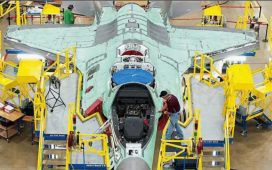
AI, like automobiles and the first typewriters – a machine like a laptop that typed words by pressing metal typefaces against an ink ribbon on to paper – is a novelty for us today. We squeal with delight when we produce a startling image in seconds that would have taken an accomplished artist hours, or when we ‘prompt out’ an essay or report – again, in seconds – that would have taken a human brain considerable operational energy and time. AI-produced ‘creative’ arts like music, too, are wowing us to AI‘s talents more than its music per se. But getting impressed by the machine’s increasingly impressive machinations is just part of the ongoing story. Instead of publishers bragging about ‘AI-written’ content and companies pitching their products as ‘AI-generated’, content will be consumed and judged for its output value, not whether it has been AI-produced, AI-enhanced or is AI-free.
In the late 1800s, tech inventions like electricity, the telegraph and cinema were objets d’excitation for the public at large. It was modernity’s equivalent of magic, the machines eliciting as much awe as, if not more than, what they produced. Today, we switch on appliances, send emails, watch movies and travel by air without thinking too much of the ‘marvellous gadgets’. When AI becomes like that for us, we would have truly entered the AI age.








